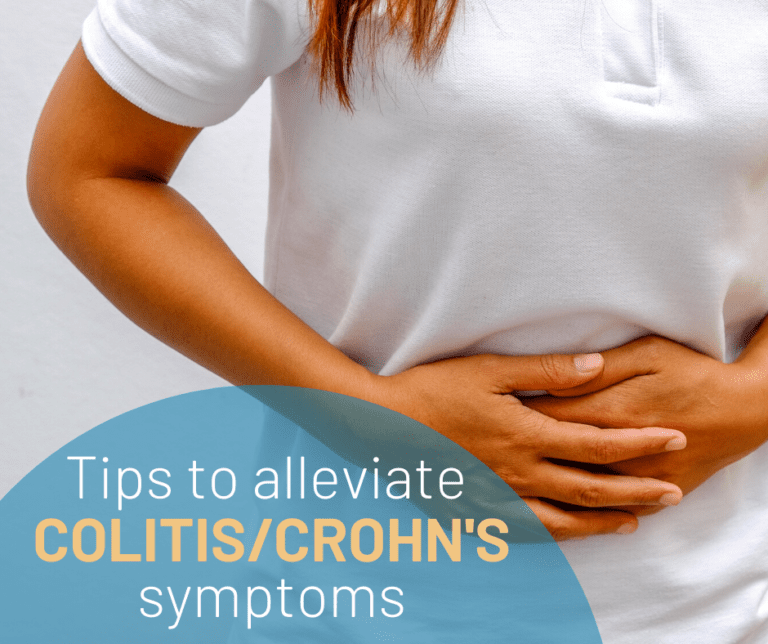
Although it is possible to get sufficient vitamin D from food, some women worry about overdosing. Baby who is too young for sunlight exposure can become deficient. You should speak to your healthcare provider if your baby is in this situation.
Avoid the sun for as long as possible. The sun is a great source for vitamin D. However, many people avoid it. It can cause skin cancer and premature skin aging. It is important to remember the best source for vitamin D is the sun. But, your baby will still need another source. Zarbee's Naturals Baby Vitamin D supplement is a good choice. This product does not contain alcohol or drugs. Zarbee's Naturals can be used to supplement your baby’s diet.

UpSpring is a gluten-free, pediatrician-recommended vitamin D3 droplet. You can give it to babies as a single dose or mix it with food and breastmilk. It contains 400 IU per 0.25 ml. It can also be administered orally. It is safe for infants because it does not contain artificial colors or flavors. This supplement is not meant to diagnose or treat any condition. Before giving it to your baby, make sure you consult your doctor.
It is important that your baby receives enough sunlight to prevent skin cancer. During early pregnancy, you can expose your child to sunlight without the need for sunscreen. As your child grows older, you should increase the amount of sunlight that they receive to ensure adequate vitamin D. For breastfeeding mothers, ensure your baby receives 400 IU daily of vitamin D.
Even though you can get vitamin D from sunlight, it is not safe to give your baby too much. A baby's body doesn't make enough vitaminD. Therefore, it is important to supplement with vitamin D until the child turns one. But remember that your child will need a little bit of vitamin D, so make sure you provide your baby with a supplement that's low in sugar.

It may sound complicated to take vitamin D drops, but it will affect your baby's vitamin level. Vitamin D is made by your baby's skin. This vitamin is necessary to keep your child healthy. A multivitamin containing 400 IU of vitaminD per day is not sufficient. Vitamin D drops should be added to the baby's daily diet if they are still breastfeeders. But, it is not always possible.
FAQ
What Amount of Weight Can You Lose In A Week?
Your current body fat percentage will determine how much weight you can lose. First, calculate how much weight your goal weight is and then determine what your BMI (Body Mass Index). Your BMI (Body Mass Index) tells you how much weight should be lost to reach your goal. If your BMI is 25 or greater, you're overweight. If your BMI exceeds 30, you may be obese.
Your BMI is calculated at 28.7 if your weight is 200. To drop to a healthy range of weight, you will need to lose approximately 70 pounds. To see if you're overweight, visit www.healthyminds.com/bmi/.
Once you have your BMI, you are able to use this formula for calculating how many pounds each week you will lose.
(Your Goal Weight - Current Weight)/BMI * 7 Number Of Pounds Lost Per Week
To lose 50 pounds in a month, you would need to exercise for 2 weeks. That's 56 days divided by 7 pounds per day. That works out to 8.3 pounds lost per week.
You could also try this calculator from www.weightlosscalculator.net. It will provide an approximate amount of calories that you would need daily to lose one pound per month.
What Amount Of Exercise Is Needed For Weight Loss?
Many factors influence how much exercise is needed to lose weight, such as age, gender, body size, and weight. Most people require at most 30 minutes of moderate physical activity five times per week.
The American College of Sports Medicine recommends that you do 150 minutes of moderate intensity aerobic activity per week. This should be spread over three days.
For example, if you want to lose 10 pounds, aim to do 300 minutes of moderate-intensity exercise each week. This includes activities like jogging or running, swimming laps and biking.
If you're just starting out, consider doing 20 minutes of vigorous activity thrice weekly. These activities could include sprints and lifting weights.
Aerobic exercise can also help you burn calories and increase muscle mass. Muscle burns more calories than fat does. You may be able to achieve your goal quicker by building muscle and losing fat.
Why should you lose weight before reaching 40?
Maintaining health and fitness is the most important thing for people over 40. It is crucial to find ways that you can stay fit throughout your entire life. This includes regular exercise, eating right, not smoking, moderate alcohol, and regular exercise.
It is important to recognize that our bodies change as we age. Our bones start to weaken, and our muscles start to shrink. By taking care of our bodies, we can slow the aging process.
There are many benefits to staying healthy and fit as we age. These are some of the benefits:
-
Better Sleep
-
Improved moods
-
Increased energy
-
Lower chance of developing cancer
-
A longer life
-
More independence
-
Better sex
-
Memory that is better
-
Improved concentration
-
Greater circulation
-
Stronger immune system
-
Fewer aches, pains
Statistics
- Another study found that 24 weeks of weight training led to a 9% increase in metabolic rate among men, which equated to burning approximately 140 more calories per day. (healthline.com)
- It's estimated that half of all American adults attempt to lose weight every year (1Trusted (healthline.com)
- One study in 9 active men found that HIIT burned 25–30% more calories per minute than other types of exercises, including weight training, cycling, and running on a treadmill (18Trusted Source (healthline.com)
- According to a study sponsored by the American Council on Exercise, a person weighing around 140 pounds (64 kg) would burn 108 calories at a 30-minute beginner's Pilates class or 168 calories at an advanced class of the same duration (26). (healthline.com)
External Links
How To
How to Intermittent Fasting
Intermittent Fasting is a method of dieting where you only eat one meal per week, typically Monday through Friday. This is a way to cut down on calories while still getting enough nutrition. This is believed to help you burn more fat than if your meals were regular throughout the week.
The most common form of IF involves restricting calories only on certain days of the week. This means that you might skip breakfast every day and then indulge in whatever food you desire throughout the day. You can also opt to eat three small meals a day instead of two large.
Many forms of intermittent fasting are available, such as alternate day fasting (5/2 fasts), 8/4 fasts and 16/8 fasts. Each type of intermittent fasting has its pros and cons. Alternate day fasting is the easiest way to start out because you don't have to make any major changes to your lifestyle. However, not everyone can stick to a rigid schedule. They might prefer to experiment with other methods.
If you're looking to start an intermittent fasting routine, I recommend starting with alternate-day fasting. This will allow you to gradually transition into more extreme fasting routines without completely changing your lifestyle.